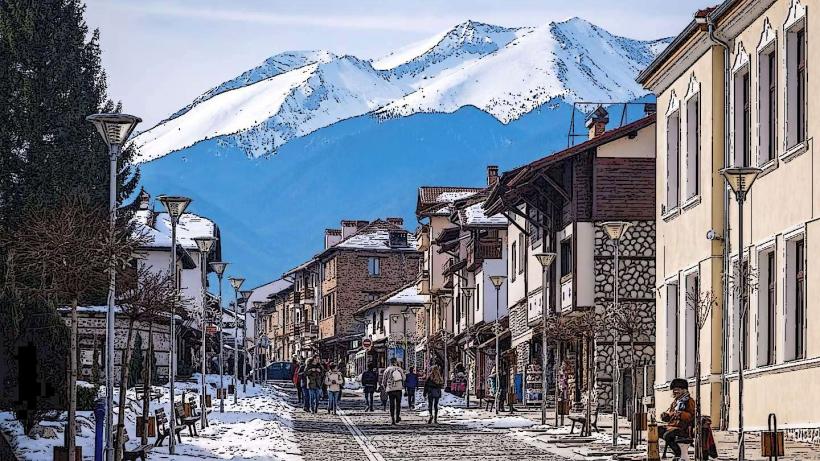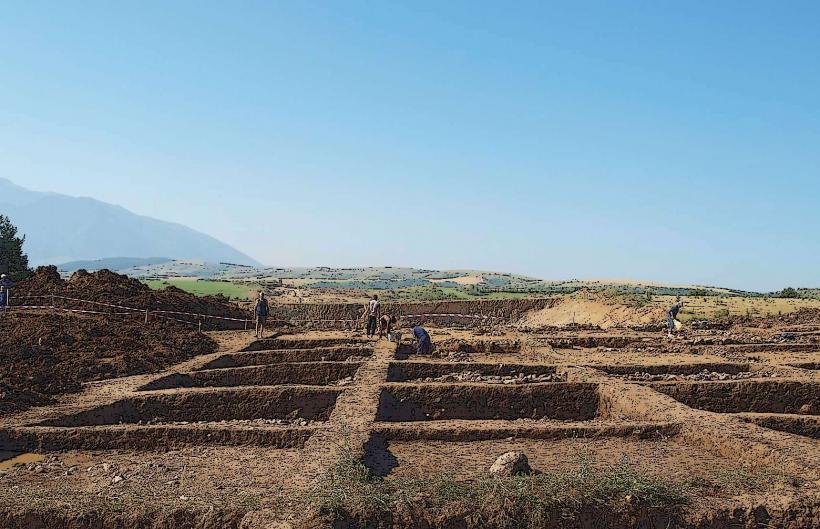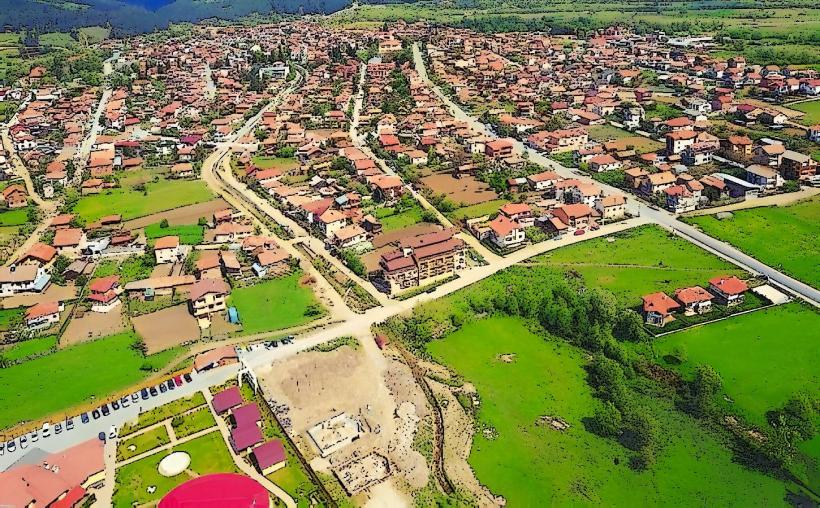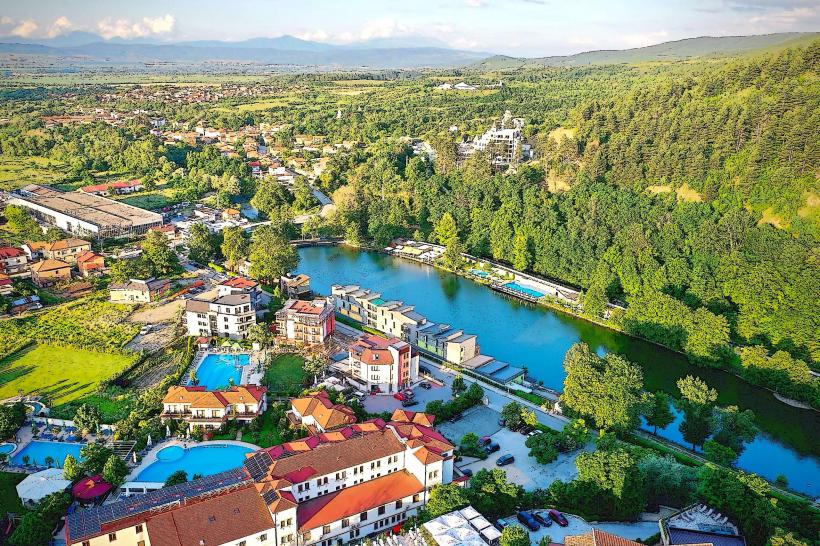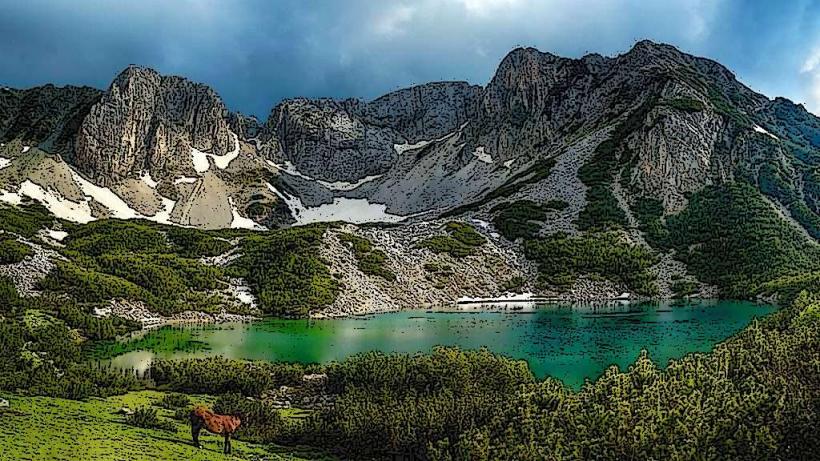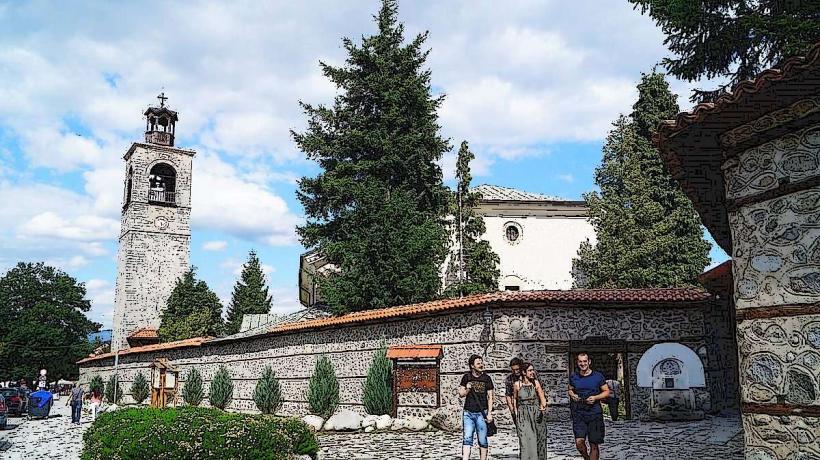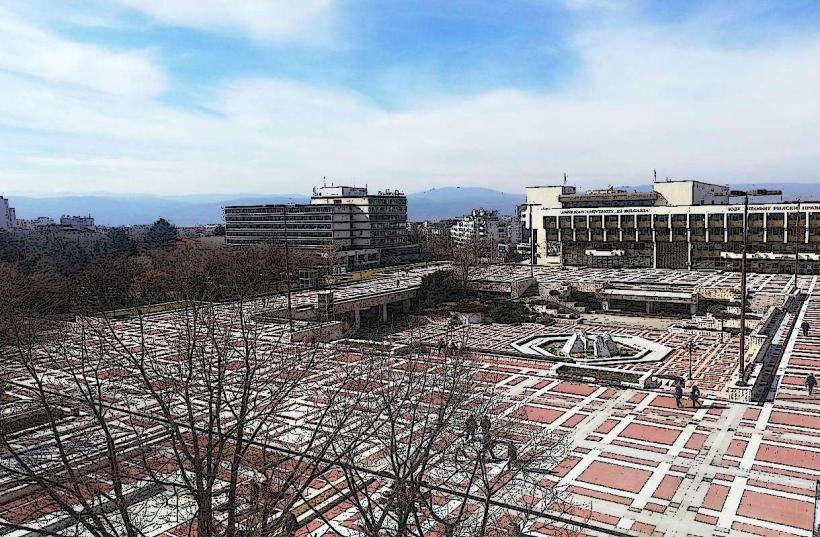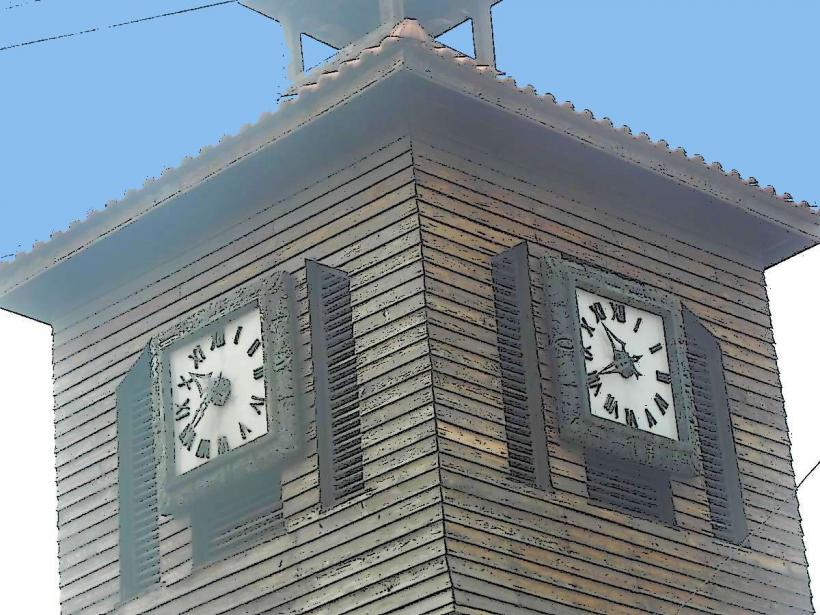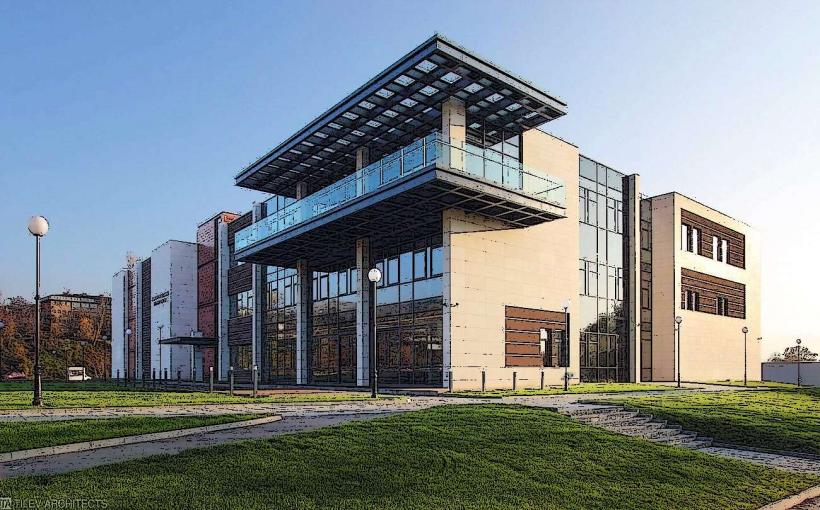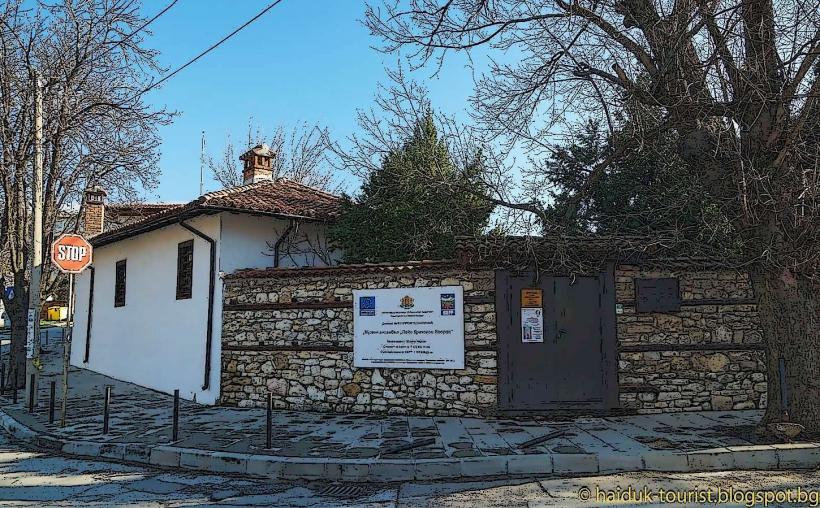Information
Landmark: Blagoevgrad Historical MuseumCity: Blagoevgrad
Country: Bulgaria
Continent: Europe
The Blagoevgrad Historical Museum is an important cultural institution located in the city of Blagoevgrad, in southwestern Bulgaria. The museum is dedicated to preserving and showcasing the rich history and cultural heritage of the region, spanning from ancient times to the modern era.
Overview:
Location: The museum is situated in the city center of Blagoevgrad, easily accessible to visitors interested in exploring the city's history and culture. It is close to other important landmarks such as Vasil Levski Square and the Old Bazaar.
Established: The museum was founded in 1951, and it has since become an essential institution for the study and preservation of the history and traditions of Blagoevgrad and the broader region of southwestern Bulgaria.
Exhibitions and Collections:
The Blagoevgrad Historical Museum is home to a diverse collection that reflects the region’s archaeological, ethnographic, and historical significance.
Archaeological Exhibits:
- The museum has a significant archaeological collection that covers ancient periods, from the Thracian and Roman eras to the Medieval period.
- The exhibits include artifacts, pottery, tools, and jewelry that offer insight into the daily life, culture, and religious practices of the ancient inhabitants of the region.
- Notable items include Thracian tombstone fragments, Roman inscriptions, and medieval weapons.
Ethnographic Exhibits:
- The museum also focuses on the ethnographic traditions of the area. Exhibits highlight the folk culture, traditional clothing, craftsmanship, and customs of the local population.
- Displays include traditional costumes, textiles, handicrafts, and household items used by the local communities over the centuries.
Historical Exhibits:
- The museum provides a thorough overview of the political and social history of Blagoevgrad and the surrounding area, focusing on significant events such as the National Revival period, the Ottoman rule, and the region’s role in the Bulgarian liberation movement.
- The exhibits include items related to Bulgarian independence, as well as documents, photographs, and personal belongings of important local figures and revolutionaries.
Cultural Heritage:
- The museum also preserves and promotes the rich cultural heritage of the region, with a special focus on local traditions, religious practices, and festivals.
- Visitors can learn about the region's participation in the Bulgarian Renaissance, its contribution to the Bulgarian National Revival, and its modern cultural development.
Temporary Exhibitions:
- The Blagoevgrad Historical Museum regularly hosts temporary exhibitions showcasing different aspects of the local culture, art, and history. These exhibitions provide dynamic, up-to-date content for those looking to learn more about specific themes or periods.
Architecture and Setting:
- The museum is housed in a historic building that blends well with the architectural style of Blagoevgrad. The structure itself is a reflection of the local Bulgarian Revival style, with decorative elements typical of the 19th-century period.
- The museum’s location is also significant, as it lies in the historical part of the city, making it an integral part of the cultural landscape.
Educational and Cultural Role:
The museum plays an important educational role in the city, offering programs, lectures, and events that aim to educate both locals and visitors about the region's history and cultural traditions.
It is also a resource for researchers and students, providing access to the museum’s collections and archives for academic study.
The museum organizes events, such as cultural celebrations, heritage days, and workshops that aim to engage the public and raise awareness about the region’s history.
Visitor Experience:
The Blagoevgrad Historical Museum is a must-visit for anyone interested in learning about the history of the city and the broader Pirin region.
Visitors can explore the various exhibits, which are well-curated and informative. The museum also offers interactive displays and explanations in multiple languages, making it accessible to an international audience.
The museum’s knowledgeable staff is available to provide guided tours, giving visitors deeper insights into the history of the exhibits and the importance of the items on display.
Conclusion:
The Blagoevgrad Historical Museum is a key cultural institution that offers an extensive look into the rich history, culture, and traditions of the Blagoevgrad region. Whether you're interested in archaeology, ethnography, or the historical events that shaped the area, the museum provides a comprehensive and engaging experience for all visitors. Its educational programs and dynamic exhibitions make it a central part of Blagoevgrad's cultural and historical identity.

